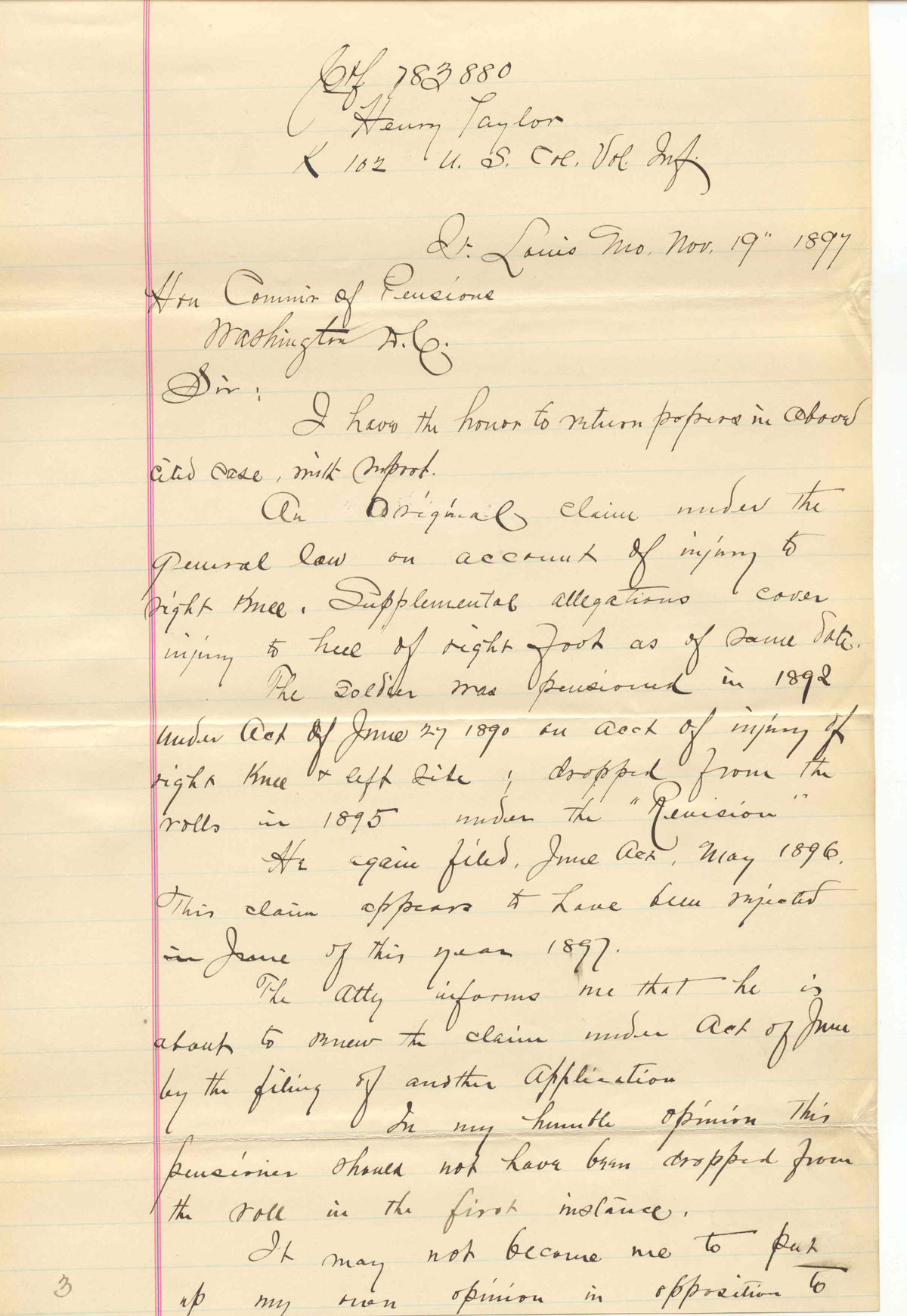

Newton Scott, a private in the Iowa Volunteers, epitomized the soldier’s need to hear from family and friends in a letter to his childhood companion Hannah Cone: “Well, Miss Han, I will tell you that I and Will has written about a dozen letters since we left home, and received but two or three letters. Families and friends persisted in writing, however, since the letters they exchanged were their only connection to their men at the front, and soldiers greedy for any reminder of home clamored for more mail. This continued shifting of location made delivering the mail a very real challenge. While it was relatively easy for the army post to find soldiers when they were encamped for several weeks, periods of intense action saw both armies in perpetual motion. Soldiers in the Civil War also had a difficult time sending mail to and receiving mail from their loved ones at home. While these methods meant that letters often took a long time to reach their intended recipient on the other side of the border, they still allowed friends and families to stay connected as their divided country raged around them. When the Union began blockading southern ports, letters were often carried across the border by blockade runners or routed through foreign ports. Although the purpose of stopping mail service to the South was to isolate and corner the Confederate states, some mail still managed to cross the border in what were known as “flag-of-truce” ships. Suspended mail service to the South caused significant problems for the many families who were split by the country’s division. Letter images courtesy of Bill Proudfoot.


 0 kommentar(er)
0 kommentar(er)
